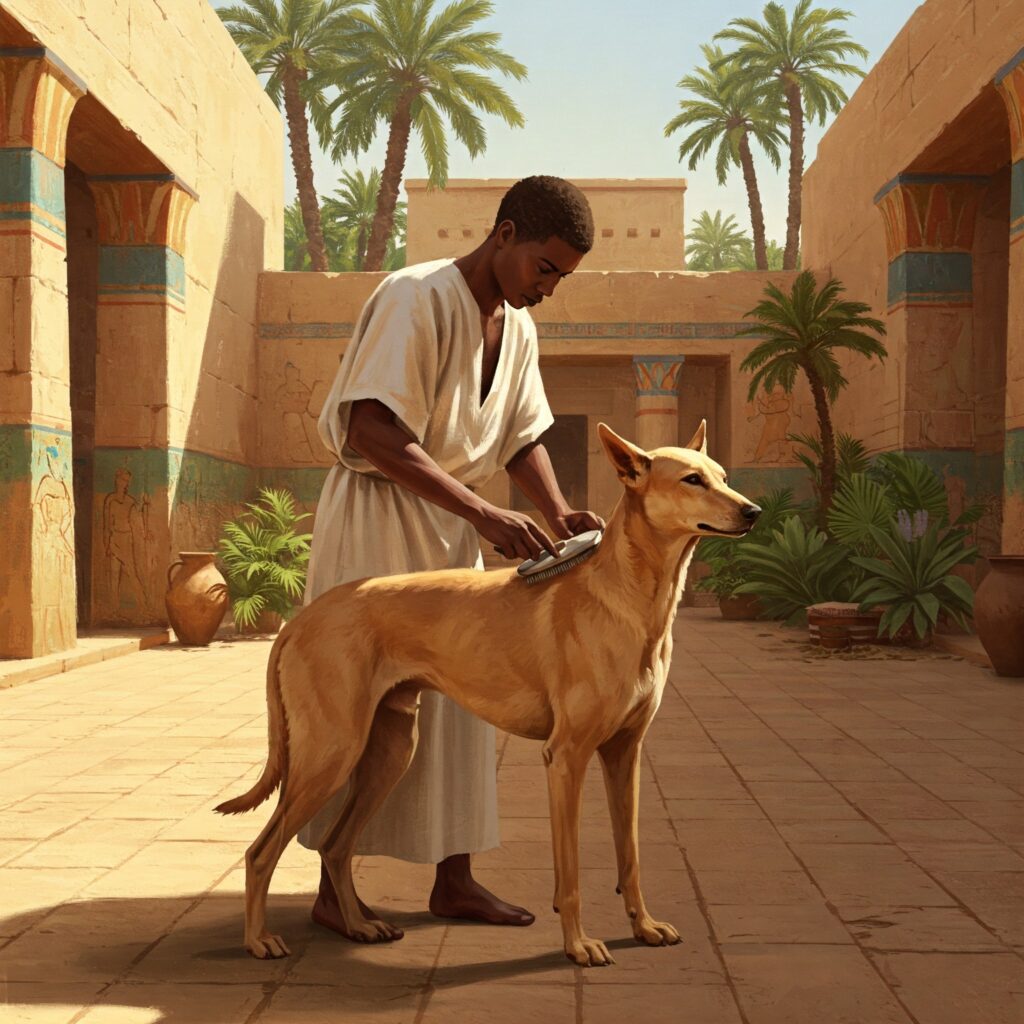Animal grooming is not just about caring for appearance, but also an important aspect of looking after the health and well-being of pets. The history of grooming dates back to ancient times when people began to domesticate animals and use them for various purposes.
Ancient Egypt
In Ancient Egypt, cats and dogs were considered sacred animals, and they were carefully cared for. Grooming included bathing, brushing fur, trimming claws, and cleaning ears. Egyptians also used various cosmetic products to care for the animals’ coats.
Ancient Rome
In Ancient Rome, dogs were used for hunting, guarding, and entertainment. Dog grooming at this time was more practical and aimed at maintaining their working ability. Romans trimmed dogs’ fur so they wouldn’t overheat during hunts and cleaned their ears and eyes to prevent infections.
Medieval Europe
In Medieval Europe, dogs were used for hunting, herding, and guarding. Dog grooming during this time was simpler and included brushing fur and trimming claws.
Victorian Era
During the Victorian era, dogs became popular household pets. Dog grooming at this time became more aesthetic and included trimming fur in various styles, using decorative bows and ribbons.
Modernity
In the modern world, dog grooming has become more professional and diverse. There are many different styles of haircuts and fur styling, as well as a wide selection of cosmetic products for the care of animals’ fur and skin. Dog grooming has become not only a way to care for the pet’s appearance but also a way to express the individuality and style of its owner.
Conclusion
The history of animal grooming spans thousands of years and continues to evolve to this day. Modern grooming methods not only improve the pet’s appearance but also ensure its health and well-being.
Image Description:
The image depicts a scene from ancient Egypt. A dark-skinned man, dressed in a simple white garment, is gently brushing a light brown, short-haired dog. The man is focused on the task, holding a brush with a curved handle and short bristles. The dog stands patiently, looking slightly to the right. They are situated in an open-air courtyard with light beige stone walls adorned with hieroglyphs and decorative columns. Palm trees and other lush greenery are visible in the background under a bright, sunny sky. Earthenware pots are placed near the walls, adding to the ancient setting. The overall style is reminiscent of ancient Egyptian art.
